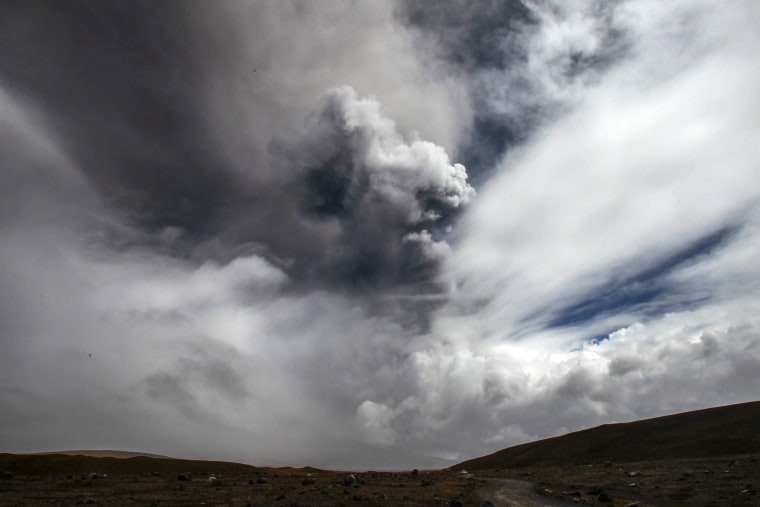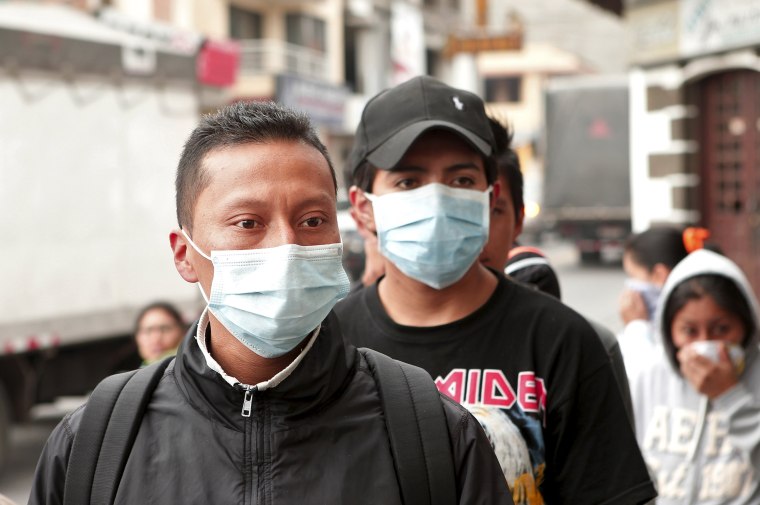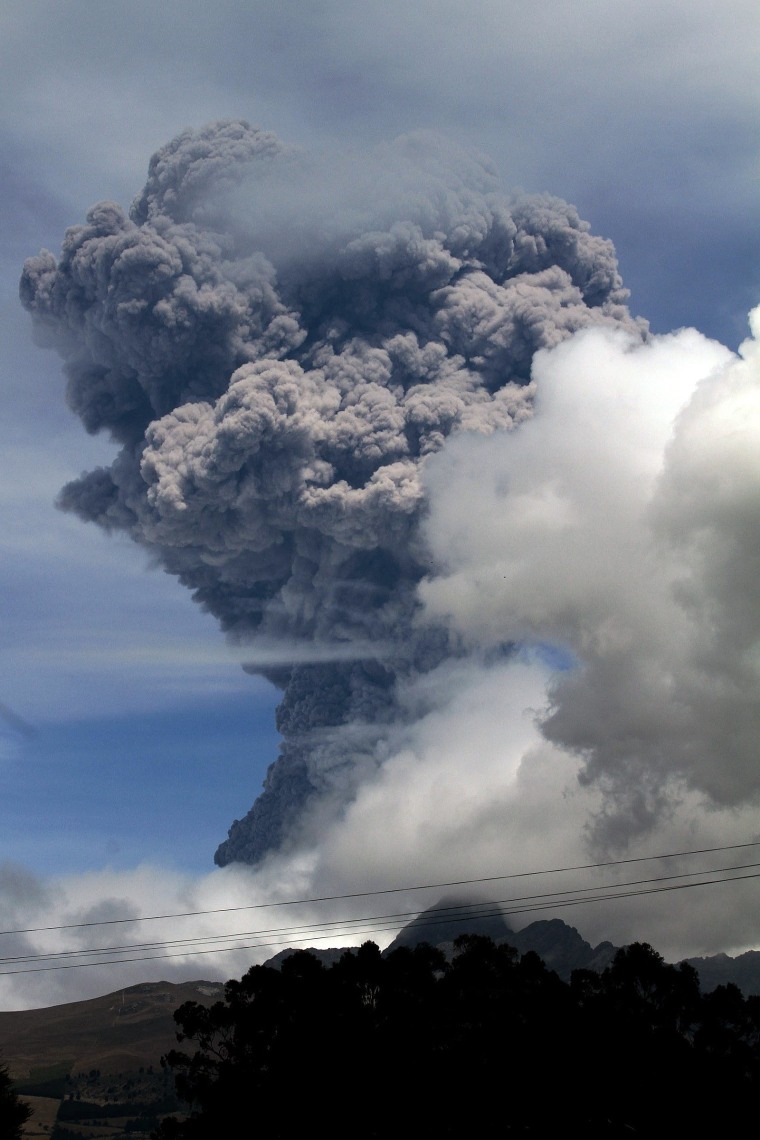QUITO — Ecuador's President Rafael Correa on Saturday declared a state of emergency following increased activity the day before at the giant Cotopaxi volcano, giving the government greater leeway to mobilize financial resources in the event an eruption.
Two minor explosions on Friday at Cotopaxi, located about 43.5 miles south of Quito, led to a precautionary evacuation of small towns in the center of country.

"We declare a state of emergency due to the unusual activity of Mount Cotopaxi," Correa said during his weekly Saturday address. "God willing, everything will go well and the volcano will not erupt."

The move allows the president to immediately mobilize security forces throughout the country and lets the government block publication of information related to Cotopaxi.
The state of emergency may not exceed 60 days.
Correa said that about 400 people have been voluntarily relocated to shelters after the explosions and expulsion of ash surprised nearby residents on Friday.
The Environment Ministry closed the Cotopaxi National Park as a precaution. Cotopaxi is one of the world's highest active volcanoes and is popular with tourists.
The last eruption took place in 1940, according to the Smithsonian Institution's Global Volcanism Program.
